Editors’ Picks




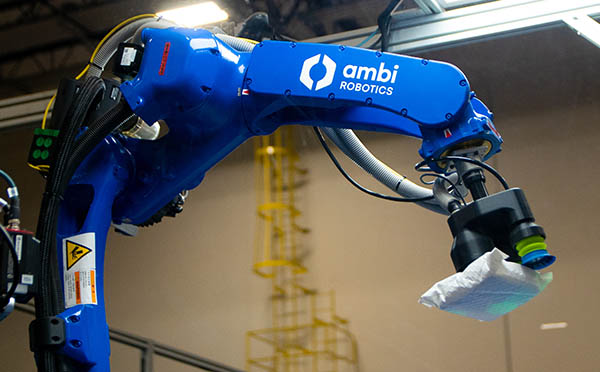
As e-commerce volume has exploded, businesses are looking for the best automation to help them fulfill orders and meet customer demand. They need reliable technology to process digital orders with speed and accuracy, as well as to coordinate the growing number of robots in dynamic warehouses and distribution centers. Although many retail purchases have moved back to brick-and-mortar stores as the COVID-19 pandemic began to ease in the U.S., about 20% of sales occurred online in the second quarter of 2021, reported Digital Commerce 360. Retailers and logistics companies are under pressure to improve throughput while maintaining worker safety. Developers…
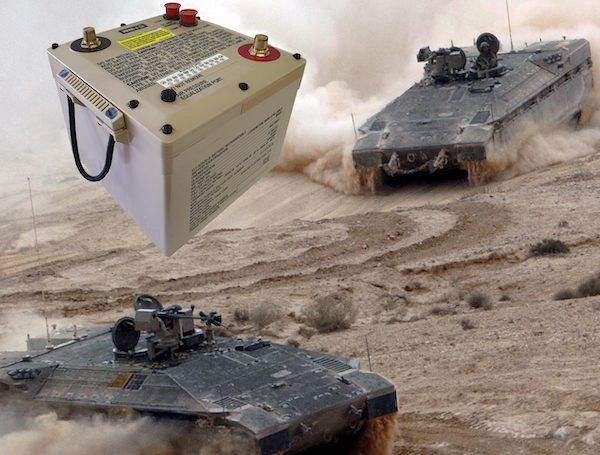
Robots, drones, marine systems, and autonomous vehicles typically rely on some sort of energy storage device. Just as other automation technologies are advancing, so too are the performance and management of batteries and power systems for robotics. Lithium-ion batteries are quite common. They are useful for robots and autonomous vehicles because they have a high energy density and a low self-discharge. Lithium-ion cells can hold a charge for quite some time. Such batteries can be installed in series or parallel to form banks that can power larger electric vehicles, or they can be smaller for smaller robots and unmanned aerial…
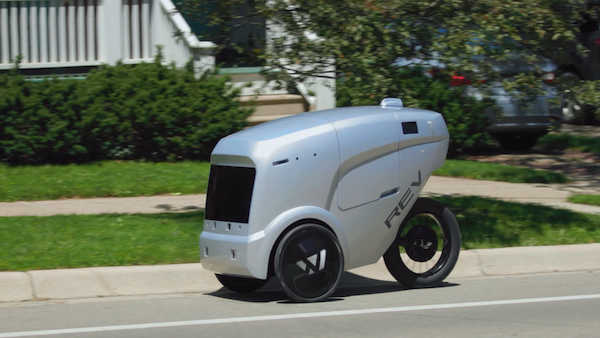
Last-mile logistics can be a costly but important component of the extended supply chain. Goods must move from restaurants, fulfillment centers, retail stores, and other points of origin before traveling to customers or users. They most go through a complex series of transitions to successfully reach their final destinations. These items are not just parcels—they could be perishables such as groceries or food for dinner that evening. Typically, last-mile delivery requires a fleet of vehicles as well as workers who must drive the vehicles and get out to bring orders right to the end users, wherever they may be. In…
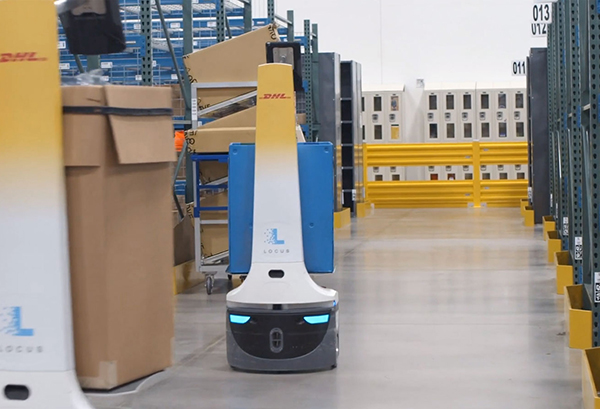
The end-to-end supply chain is a critical part of today's globally competitive enterprise. Shipments get sorted, packaged, and loaded for delivery, ultimately making their way to customers. Within these processes, there are many moving parts, and robots can improve the efficiency of many of these functions. Whether they work alongside people or relieve them to do other value-added tasks, tireless robots have matured in the past few years to be an intrinsic part of many logistics operations, from the dock to the destination. What can robots do in modern supply chains? With advances in perception, manipulation, and mobility, groups of…

Additive manufacturing is widely considered an intrinsic part of the factory of the future. The technology has developed alongside progress in robotics, with interest in manufacturing innovation leading to new methods of production. Metaphorically, it is the bloom of a new machine. Additive manufacturing, or AM, represents only 1% of manufacturing so far, according to research conducted by SmarTech Publishing. To grow, the technology must overcome several challenges. They include the complexity of multiple fabrication steps, the high cost of scaling production, and a shortage of a skilled workforce to help control quality in the absence of industry standards. Robots…
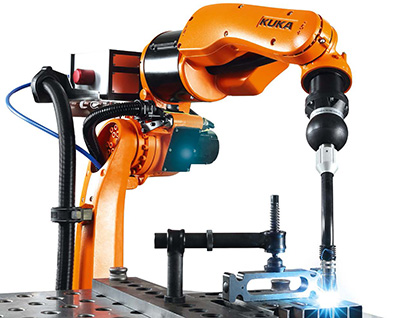
Automation anxiety is an undercurrent of modern labor. Will a robot take over and run me right out of a job? When it comes to metalworking, robotics is supplementing labor without displacing it. In fact, highly skilled workers can supervise robots that are safe, fast, and efficient. The U.S. will have a shortage of 400,000 welders by 2024, predicts the American Welding Society, as workers age out and young people are reluctant to enter the profession. When manufacturers add advanced robotics to human workers, they can benefit from increased productivity, quality, and the ability for employees to focus on other…
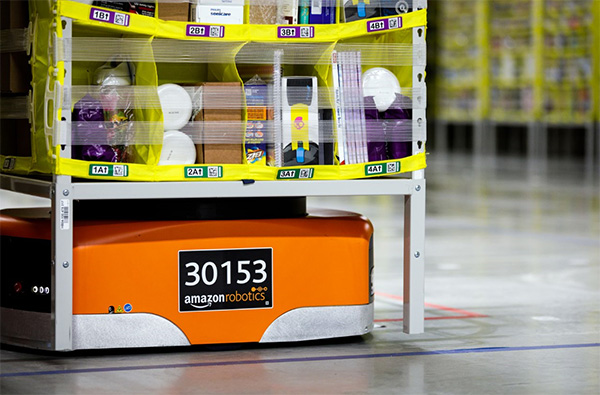
Last week, local news outlets reported new Amazon.com Inc. distribution and fulfillment centers in Shreveport, La., and Savannah, Ga. The Seattle-based company has continued to open such facilities across the U.S. as e-commerce demand rises, and it said that each one will employ about 1,000 people. In addition, Amazon's centers will include robots from its Amazon Robotics unit in North Reading, Mass. Last year, Amazon had more than 185 fulfillment centers across the U.S., according to CNBC. Louisiana Gov. John Bel Edwards said that construction of the $200 million, 650,000-sq.-ft. Shreveport center, the first one in his state, will begin…
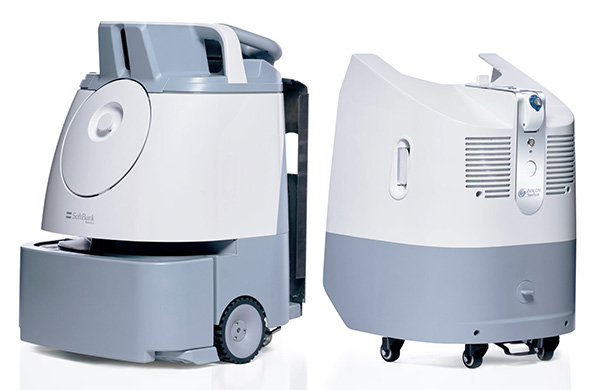
Although the COVID-19 pandemic is easing in the U.S. as vaccines are distributed and social distancing rules are relaxed, concerns for public health remain heightened worldwide. Early last year, before the novel coronavirus was recognized as a threat elsewhere, robots in China were starting to perform tasks to keep people out of harm's way. Mobile robots were pressed into service for cleaning and disinfecting public spaces as early as February 2020. As the pandemic spread, other nations followed suit. Companies that already provided disinfection robots hustled to meet demand, while many academic and startup platforms have attempted to join the…
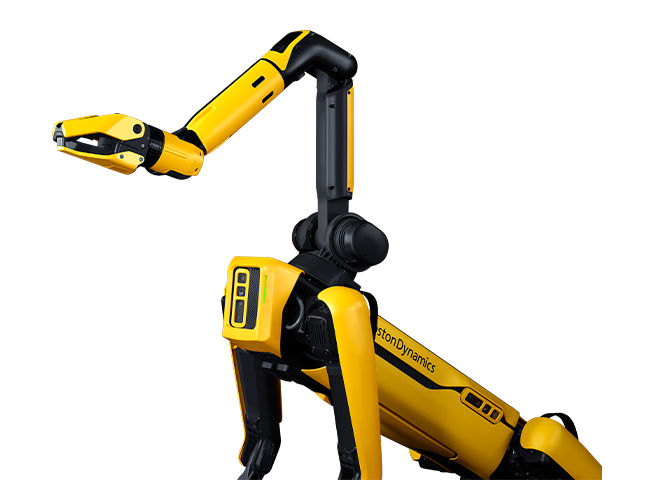
As multiple industries look to robotics for augmented capabilities, the age of precise motion control is upon us. Depending on the application, developers and suppliers need to design or select the best motors, encoders and controls for the job. As fleets of autonomous systems pick, assemble, and move materials from one point to another, end users need to be confident that they will provide reliable, precise, safe motion. Some examples include robots that can collaborate with humans and even aid surgeons performing complex procedures in the operating room. Robotic motion control leads to cake How about baking a cake? Well,…

Even as the world looks forward to so-called herd immunity, crushing the COVID-19 pandemic is a daunting task. It requires robust testing to know who is safe and who has contracted the novel coronavirus. Ultimate victory depends on getting vaccines produced, distributed, and administered, and automation can help at each step of the way. Technology transfer After a monumental effort to develop effective vaccines, healthcare providers and governments have struggled with mass vaccinations. Can robots help? There are not many robots directly injecting patients, but, if we look at other industries with similar requirements, automation has made progress. For instance,…

Turbulent times are, perhaps, the greatest catalyst for technological change and growth. Simulation for design has taken center stage during the pandemic to aid engineers, workers and public health officials as they solve problems and strive to be best prepared to combat the spread of COVID-19. Design and simulation software is in the spotlight more than ever, as it’s an instrumental way to create solutions and help many overcome obstacles, problems and challenges that have arisen due to the coronavirus and all that goes with it. “Engineering simulation software technology has been able to address critical issues at the personal,…

Autonomous vehicles (AVs) are moving out—slowly, it seems. They’ve been talked about for decades, as far back as the 1930s at the New York World’s Fair. In 2020, there’s been more talk about their use, potential, application and the transformation they offer to the world. But design engineers creating autonomous vehicles must consider many factors. Operational accuracy and safety are among many critical considerations. Add to this a growing number of design tools, technologies and approaches—what’s a designer to do? Proceed carefully while considering the tools and approaches available. But be sure to factor in all the ramifications of safety…



